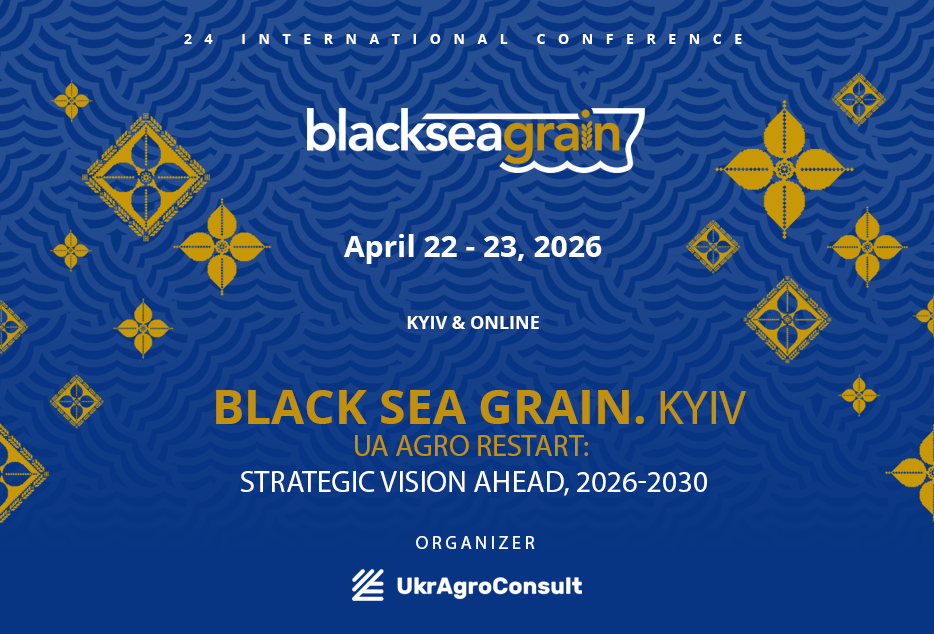European soybean buyers cautious as EUDR timeline creates market uncertainty: Platts

European soybean buyers and sellers are treading cautiously amid growing uncertainty over near-term prices following the European Commission’s proposed extension of the EU Deforestation Regulation (EUDR) implementation timeline, according to Platts, part of S&P Global Commodity Insights.
The proposal, unveiled on October 21, has introduced renewed debate and caution across Europe’s feed and crushing markets, with participants warning of tighter supply, rising premiums, and complications in feed cost planning.
The EUDR aims to ensure that commodities such as soy, palm oil, coffee, and cocoa, and their derived products, entering the EU market are deforestation-free and compliant with the laws of the country of production.
Companies will be required to provide detailed due-diligence statements, including geolocation data for the land where commodities were produced.
While the regulation officially entered into force in June 2023, its phased enforcement has prompted significant logistical and cost concerns across supply chains.
Under the Commission’s new proposal, the EUDR will still take effect on December 30, 2025 for large and medium-sized operators but will only apply to micro and small companies from December 30, 2026, six months later than originally planned.
A six-month grace period has also been proposed, meaning enforcement checks for large and medium companies will begin after June 30, 2026, and for smaller operators after December 30, 2026.
The European Parliament and Council will next deliberate on the proposal, which must be formally adopted before taking effect. “This is not a final decision,” a Netherlands-based seller told Platts.
According to traders, the move is a proposal from the EU Commission and now has to go through the Environment Committee Chair for approval.
The Commission has urged adoption by the end of 2025, though industry observers expect further debate before formal approval. For many operators, the uncertainty over timing and compliance has already disrupted market confidence.
The feed and milling sectors, heavily reliant on imported soybean meal, have voiced apprehension that the added documentation and traceability requirements could drive up costs.
A Romania-based feed consultant told Platts that “these challenges are complicating feed cost planning for EU buyers in the month ahead,” noting that most purchasers are currently adopting a wait-and-see approach until the regulation’s implementation details are finalized.
Market participants across Europe reported a firming tone in soybean and soybean meal prices as traders react to regulatory uncertainty combined with broader supply and demand pressures.
“Prices have firmed considerably over the past week due to stronger CBOT futures and firmer origin premiums. Now, the additional challenge of EUDR could push prices higher in the coming days,” said a Netherlands-based seller.
According to Platts assessments on October 22, soybean meal FOB Netherlands was priced at €301 per metric ton, up €10 from October 20, while EXW Spain rose to €306 per metric ton, a 3% week-on-week increase.
In Spain, the market has grown increasingly tight, with sellers reporting a lack of available offers.
“There are no offers in the market; it’s completely dried up,” a Barcelona-based seller said. A Lleida-based buyer confirmed, “There isn’t much information about this issue, and there aren’t many prices available for next year,” while a Madrid-based broker added, “I’m awaiting the reaction of importers and crushers in Spain regarding soybean meal prices.”
Meanwhile, earlier in the month, EU soybean meal offer levels rose during the week to October 20, driven by stronger export premiums in Brazil, according to Platts.
Offers for November loading were reported in the US$351–US$356 per metric ton range, up from US$338–US$341 the previous week.
A trader in Brazil said that premiums from Brazil and Argentina have strengthened as crushing activity slowed with the onset of the planting season in Mato Grosso, tightening supply.
“With tight supply and firmer demand, prices have firmed,” the trader told Platts.
A Netherlands-based seller added that many buyers are remaining on the sidelines due to higher premiums, while a Denmark-based buyer said that most had already covered their soybean meal needs for the final quarter of 2025.
“With market fluctuations, buyers are waiting and watching.”
Data from Eurostat show that the EU imported about 20 million metric tons of soybean meal between June 2024 and July 2025, marking a 24.5% year-over-year increase. Brazil remained the leading supplier, accounting for 10.18 million metric tons of the total volume.
For almost 30 years of expertise in the agri markets, UkrAgroConsult has accumulated an extensive database, which became the basis of the platform AgriSupp.
It is a multi-functional online platform with market intelligence for grains and oilseeds that enables to get access to daily operational information on the Black Sea & Danube markets, analytical reports, historical data.
You are welcome to get a 7-day free demo access!!!
Write to us
Our manager will contact you soon



